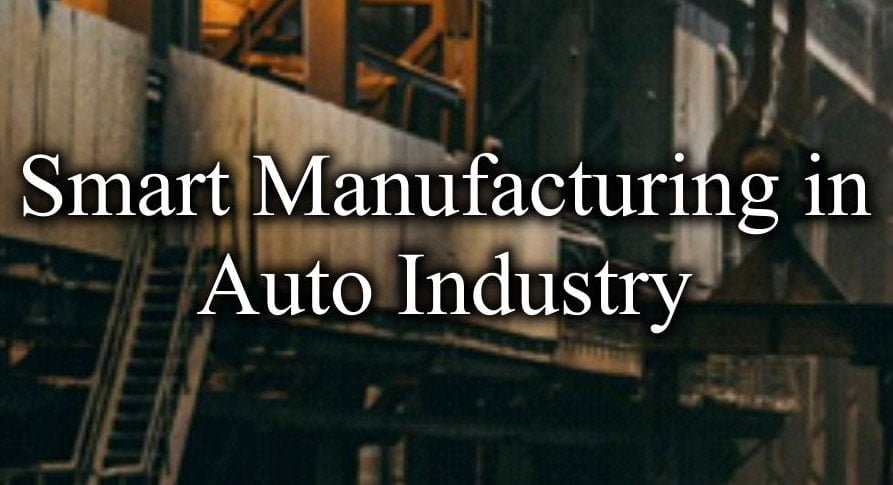As technology and cars become increasingly intertwined, the concept of smart manufacturing is jumping to the forefront of innovations in the auto industry. We are on the cusp of profound changes to the manner in which goods are manufactured, leading to fundamental modifications of the global competitive marketplace. And many experts agree that the auto companies who are first to move toward smart manufacturing will be the ones to achieve long-term competitive advantages in the future. The overarching concept of smart manufacturing in the auto industry is to interconnect and better harmonize the individual stages of manufacturing production in order to advance plant-wide efficiency. Currently, a standard manufacturing plant uses a myriad of systems, including information technology, intelligent motors, sensors, computerized controls and production management software to complete each operation of the manufacturing process. However, the problem is that these systems exist as islands of efficiency.
Smart manufacturing will integrate these islands, thereby enabling data sharing throughout every component of auto plants. And while the digital transformation of auto manufacturing will reduce costs due to increased efficiency, this is only one of the expected benefits to be gained from this evolution. In fact, smart manufacturing could serve as the basis for a range of new business models that will improve vehicle quality and documentation. Auto plants that rely on digital systems and central data management systems can provide customers with precise production data so that in the event that quality issues arise in the future, every component and quality check of a vehicle can be thoroughly analyzed to determine the most efficient and effective solution to implement as a fix.
While technology has become an integral part of vehicles, from connected cars to a future of autonomous transportation, smart manufacturing is the key to a massive transformation behind the scenes, providing significant increases in revenue, greatly improved worker safety, and a new level of environmental sustainability.




